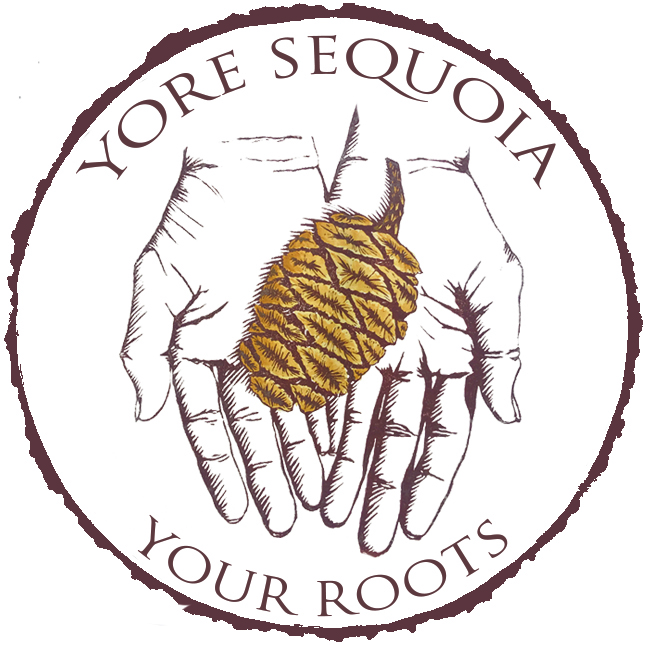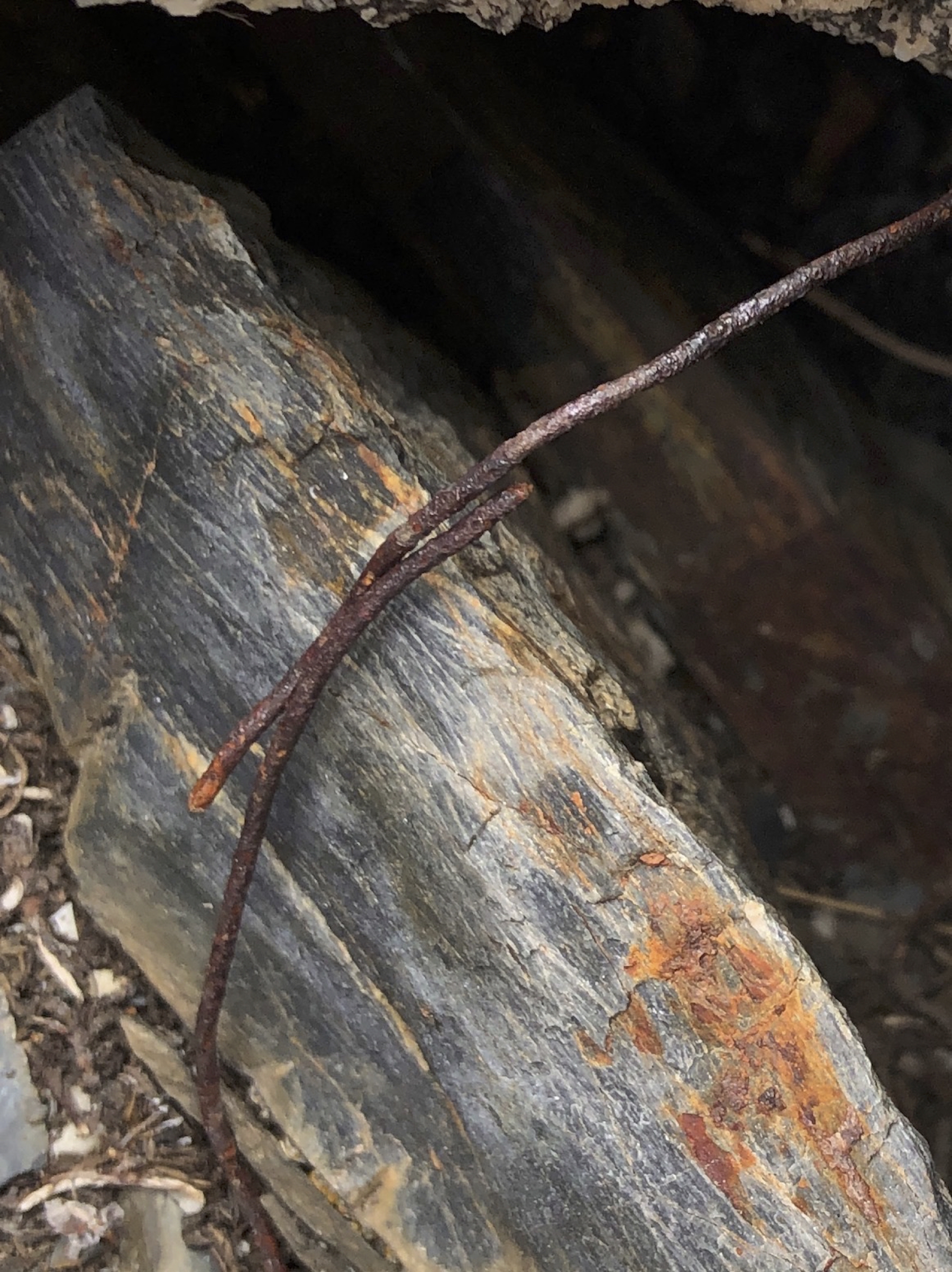Introduction: Powder Horn – The Gilkey Family Saga.
This begins a multi-part series by historical archaeologist Laile Di Silvestro. It starts with an astonishingly bold act—two women staking a claim in the remote Mineral King Mining District in what is now Sequoia National Park. The tale unfolds in California in the second half of the 19th century. It was place and time where women struggled to thrive within power structures that favored unscrupulous men. It is a true story.
In the summer of 1877, a 43-year-old Irish immigrant named Ellen Gilkey and her teenage daughter Lizzie staked a mining claim on an exquisitely beautiful 20 acres in Mineral King. They were taking advantage of new federal regulations that inadvertently neglected to explicitly exclude women from ownership of mine claims. In doing so, the Gilkeys joined about three dozen Mineral King women who thwarted societal norms in a manner that wasn’t to be repeated elsewhere in the United States for two more decades.
The tale of Ellen and Lizzie Gilkey reflects the evolution of law and order in the western United States and the ways in which women negotiated power structures that favored unscrupulous men. It is a very disturbing tale. Indeed, I am tempted not to tell it. Perhaps that hesitation is sufficient argument that it should be told. Let’s begin with an artifact associated with death… and life.

